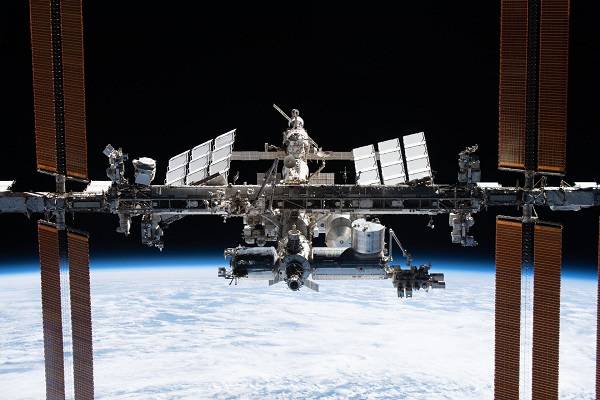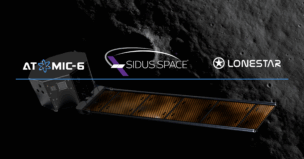Congress has spent the last few weeks hammering out next year’s authorizations and funding decisions.
- On the policy side, CHIPS and Science passed in both the House and Senate last week.
- On the funding side, policymakers have been reviewing and amending next year’s NDAA, which will provide funding for military space programs.
CHIPS and Science
The finalized Creating Helpful Incentives to Produce Semiconductors (CHIPS) and Science Act included an authorization bill for NASA—the first new authorization the agency has received in more than five years.
Authorization vs. budget: The authorization bill under the CHIPS act is a policy bill, meaning that it didn’t provide or recommend any new funding to the agency. NASA’s funding is determined through the President’s federal budget request, which was released in late March for FY23.
Instead, the authorization shows official federal support for a broad range of NASA programs and initiatives.The CHIPS and Science Act does allot $280B for semiconductor manufacturing and R&D, but none of that funding is earmarked for NASA.
Yes, please: The NASA authorization cements federal support for NASA’s marquee programs. That includes Artemis, with emphasis on Mars as the final destination for the next chapter of solar system exploration.
The bill also reaffirms the US government’s intention to extend ISS operations from 2024 to 2030. This has been NASA’s stance for a while, but in light of recent Roscosmos statements, the official federal support is an important signal.
“With strong support from the Biden-Harris Administration as well as this authorization, NASA will continue to advance scientific discoveries, enable sustainable aviation, address climate change, and much more,” NASA Administrator Bill Nelson said.
NDAA and Space
Next year’s National Defense Authorization Act (NDAA) is making its way through an in-depth review process. The Senate has not yet voted on the bill.
On Friday, the Senate appropriations defense subcommittee released their markup of the bill. This newest version would provide $792.1B for the Pentagon, or $63.6B more than the FY22 enacted level. Space is listed as a priority in the chairman’s summary, with $2.2B earmarked for boosting R&D of resilient space capabilities.
The top projects, broken down:
- $400M for LEO missile-tracking and early warning systems
- $300M for MEO missile-tracking constellation development, with a focus on the polar regions
- $250M for USSF training infrastructure
- $216M to procure two additional launches for the DoD’s missile-tracking system
- $100M for tactically responsive launch efforts
+ While we’re here: On Friday, the Senate released a draft appropriations bill that would fund NASA at ~$26B, the full amount requested for FY23, but with slightly altered mission priorities. Funding for space technology was trimmed down while science and exploration missions received boosts. Call it JWST’s halo effect?




